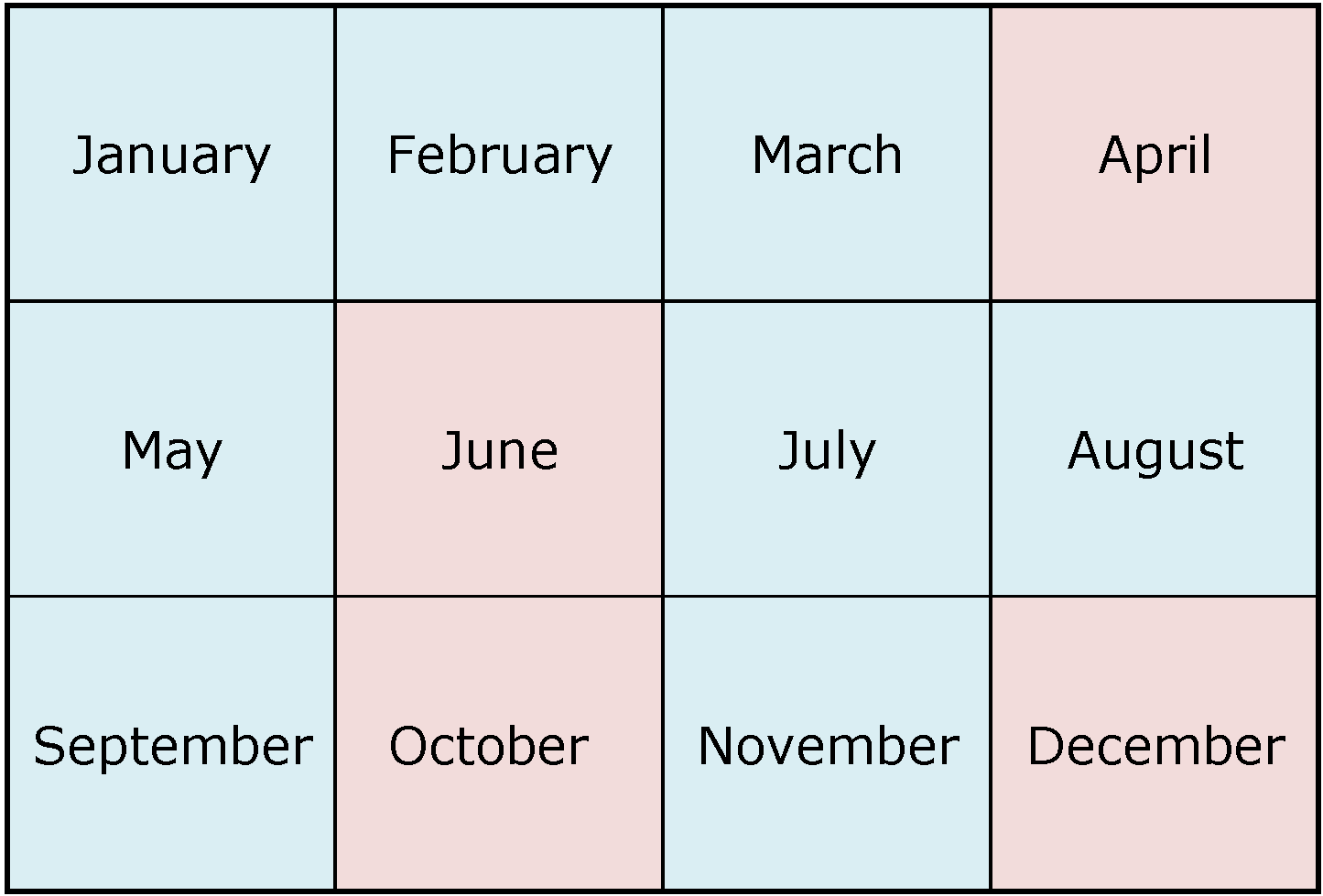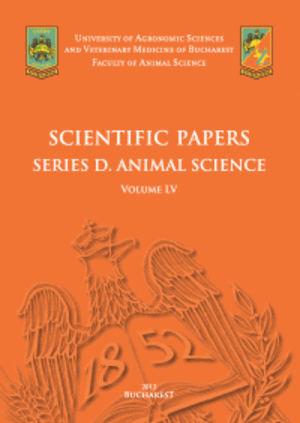Published in Scientific Papers. Series "Management, Economic Engineering in Agriculture and rural development", Vol. 25 ISSUE 2
Written by Ciprian-Dan MILITARU, Iancu TIBERIU, Marius Mihai MICU, Dragoș Ion SMEDESCU, Alina Gabriela MĂRCUȚĂ, Valentina Constanta TUDOR
The paper aims to investigate the link between agricultural inputs and crop production in Romania’s eight development regions over the period of 2007-2023 for the selected crops wheat, corn, barley and sunflower. The study uses data from the Romanian National Institute of Statistics to check how chemical fertilizers (nitrogen, phosphorus and potassium), mechanical equipment and other agricultural inputs influence crop production. Through correlation and regression analysis, strong and significant links between the use of chemical fertilizers and crop production with different levels of effectiveness in the regions and crops have been established. The result of the analysis revealed that phosphorus fertilizer had the highest correlation coefficient with wheat and barley production, while potassium had the highest correlation with sunflower production. It was also found that variation in the effectiveness of inputs was a crucial factor; the South-East and South-Muntenia regions were more effective in converting fertilizer inputs into output. The results show that wheat and barley are the most consistent in their response to fertilizer application (R2 values are 0.21-0.29 and 0.24-0.25 respectively) while corn and sunflower have a relatively weaker response (R2 values of 0.13-0.14 and 0.14-0.15, respectively). These results imply that fertilizer application should be done on a region and crop basis in order to enhance production in Romania.
[Read full article] [Citation]

 Next Issue will be published according the the calendar.
Next Issue will be published according the the calendar.



